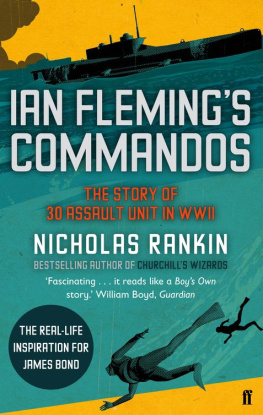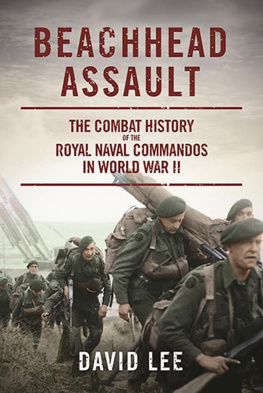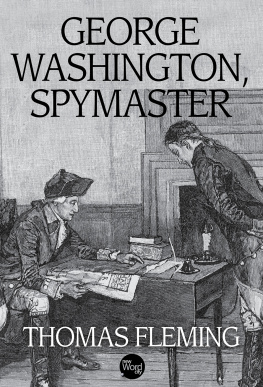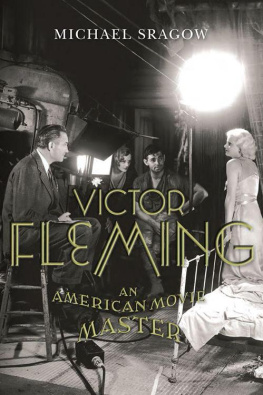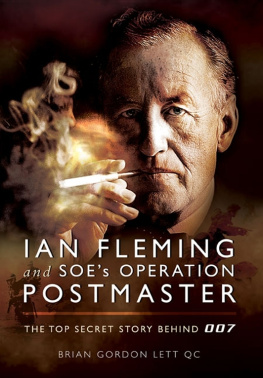Praise for Ian Flemings Commandos:
Rankin has done a tremendous amount of research. As Churchills Wizards, his previous book on camouflage and deception, showed, he has a vast knowledge of covert operations, scientific innovation and the history of the second world war, which he combines to produce a convincing and entertaining account of a hitherto shadowy but influential commando unit. Andrew Lycett, Sunday Times
A good read for war buff s and a fascinating background to the Bond stories. Douglas Osler, Scotsman
Nicholas Rankins fascinating book is an account of 30AUs progress through the war. From time to time it reads like a Boys Own story, so flamboyant are the characters and so vivid Rankins account of the deadly scrapes and firefights the commandos found themselves involved in. The research is prodigious and lucid now I finally understand how an Enigma machine works and one gains a real sense of how these maverick units functioned, very much akin to the Long Range Desert Group and the fledgling SAS. William Boyd, Guardian
Incredibly entertaining and genuinely interesting. ***** Army Rumour Service (ARRSE)
Chock-a-block full of wonderful stories and odd characters, awash in wonderful arcane knowledge of the seamy and secret side of World War Two, in addition to being a combination of three separate books, suavely blended, like one of Bonds Martinis: first a brilliant portrait of Ian Fleming, then a history of British secret intelligence in WWII and the part he played in it, and finally a kind of war diary of his brainchild, the ubiquitous 30 Assault Unit. A compellingly readable book; Nicholas Rankin is terrific. Michael Korda, Daily Beast
A near perfect book about military intelligence and special operations set during WWII. With one fist grasping keen-eyed academic-style research and the other crafting rousing action befitting adventure fiction, author Nicholas Rankin constructs a superb book. www.dieselpunks.org
This book is for
then and now
And especially for the veterans of 30AU who helped me
Mr John Brereton
Mr Peter Jemmett
Mr John (Doc) Livingstone
Mr Bill Marshall
Mr Paul McGrath DSM
Mr Bill Powell
Mr Sandy Powell MBE, DSM
Dr A. G. (Bon) Royle PhD
Major Freddie Townsend OBE, RM
Sir Charles Wheeler CMG
Contents
Every effort has been made to trace or contact all copyright holders. The publishers would be pleased to rectify any omissions or errors brought to their notice at the earliest opportunity.
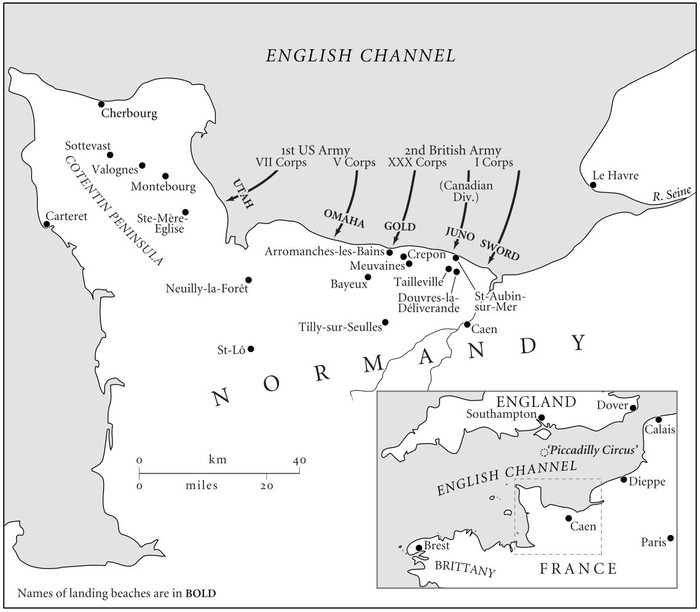
1 30 Assault Units area of operations in north-west France. First blooded at Dieppe in August 1942, they took part in the Operation NEPTUNE landings in Normandy on D-Day, 6 June 1944, where their targets included naval bases, midget submarines, radar stations and rocket-launching sites. 30AU was at the spearhead in Brittany and helped to liberate Paris from Nazi occupation.
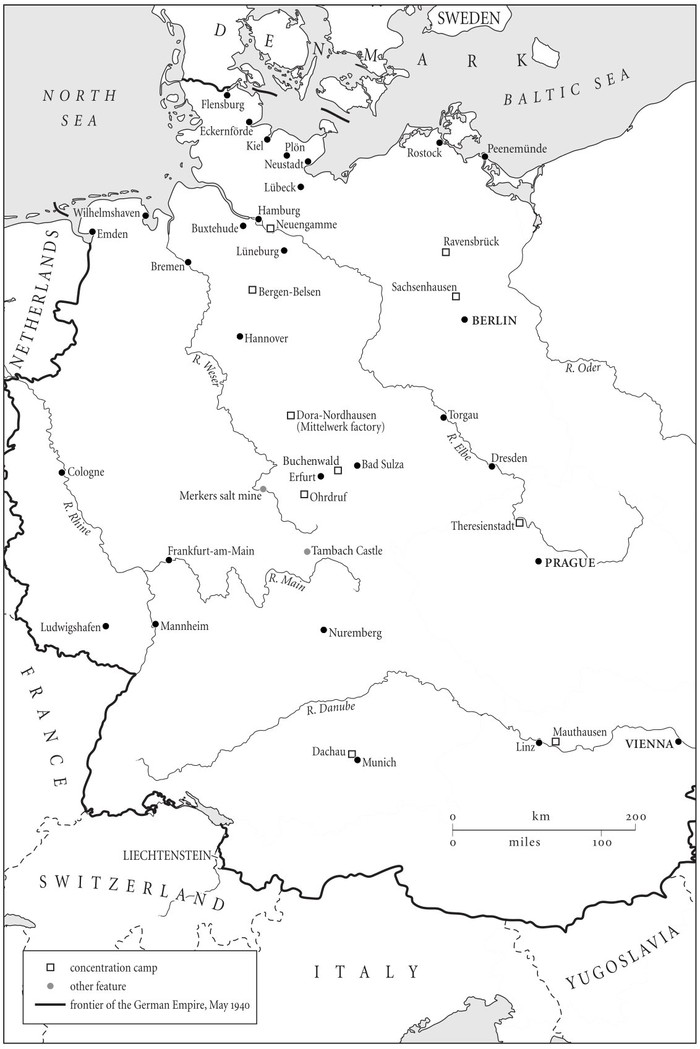
2 30AU in Nazi Germany. As Hitlers Third Reich collapsed under assault from Allied forces, small, mobile parties of 30AU men were able to seize key targets: industrial factories, oft en using slave-labour from concentration camps, major naval bases and experimental workshops developing new weapons of war. In one brilliant coup, 30AU also captured the entire archive of the German navy at Tambach Castle.
BIOS British Intelligence Objectives Sub-Committee
CAFT Consolidated Advanced Field Teams
CIOS Combined Intelligence Objectives Subcommittee
COHQ Combined Operations Headquarters
COPPs Combined Operations Pilotage Parties
DNI Director of Naval Intelligence (DDNI, Deputy Director; ADNI Assistant Director)
FFI Forces franaises de lintrieur
FIU Royal Navy Forward Interrogation Unit
GC&CS Government Code and Cypher School
IAU Intelligence Assault Unit
ISTD Inter-Services Topographical Department
JIC Joint Intelligence Committee
LRDG Long Range Desert Group
MI(R) Military Intelligence (Research)
NID Naval Intelligence Division
OIC Operational Intelligence Centre
OSS Office of Strategic Services
RDF Radio Direction-Finding
RTU Returned to Unit
SAS Special Air Service
SBS Special Boat Section/Service/Squadron
SHAEF Supreme Headquarters Allied Expeditionary Force
SIGINT Signals Intelligence
SIS Secret Intelligence Service
SOE Special Operations Executive
TAC HQ Tactical Headquarters
W/T wireless telegraphy
On 20 September 2010 the Pentagon ordered the entire first print-run of a book written by a US military intelligence officer about spycraft in Afghanistan to be destroyed, because it revealed secret classified information. One of the 200-odd deletions from the second edition of Lieutenant Colonel Anthony Shaffers Operation Dark Heart was the term TAREX, defined in the first editions glossary as TARget EXploitation. Small-unit, up-close, intelligence-gathering operatives. Usually two-to-three man units.
The gathering of intelligence by small units at the military front may be a secret to Americans; it is not new to the British. Th is book describes how Ian Fleming, the author of the James Bond books Lieutenant Commander I. L. Fleming RNVR (Special Branch), as he then was introduced the idea to Britains Naval Intelligence Division during the Second World War. Ian Flemings Commandos tells the true story of the commando unit that Fleming founded, known at various times as 30 Commando or 30 Assault Unit, who won their spurs seizing Axis enemy intelligence in North Africa, Italy and France and finally achieved two great intelligence coups in the collapsing Third Reich in 1945.
Flemings fictional secret agent James Bond is now as well known as Sherlock Holmes. The books (a dozen novels, two volumes of short stories) have sold millions and the films have made billions. Anthony Burgess considered James Bond likely to end up as one of the great twentieth-century myths, adding that he is a model neo-Elizabethan, a hero we need. Simon Winders The Man Who Saved Britain argued that Flemings quixotic hero masked and solaced the UKs drastic post-war decline.
Much of Ian Flemings Commandos is about the secret side of warfare, the codebreaking, the deals and double-dealings, and above all the drive to acquire new, war-winning technologies things that Fleming learned about in his six extraordinary years working in wartime Naval Intelligence. There he liaised with spies, agents and special forces, and founded his commando unit dedicated to seizing enemy documents, weapons and equipment from the front line. Th is is the backstory of James Bond, who, like his creator, thought nostalgically and unreasonably of the excitement and turmoil of the hot war, compared with his own underground skirmishings since the war had turned cold.
In a new century, after a gap of six decades, Ian Flemings ground breaking idea of a Royal Navy intelligence assault unit dedicated to target exploitation has been revived in the UK. With just a few of its original veterans from the Second World War still alive, 30AU has risen like a phoenix from the ashes.
The inaugural parade of 30 Commando Information Exploitation Group Royal Marines took place on a very cold, bright morning, 13 December 2010, at Stonehouse Barracks in Plymouth. The name 30 Commando was chosen in tribute to the forgotten men of Flemings 30 Commando/30 Assault Unit, and the secretary of the 30AU old comrades association, Mrs Dianne Fisher, represented them at the ceremonial blessing of their yellow and blue standard.

